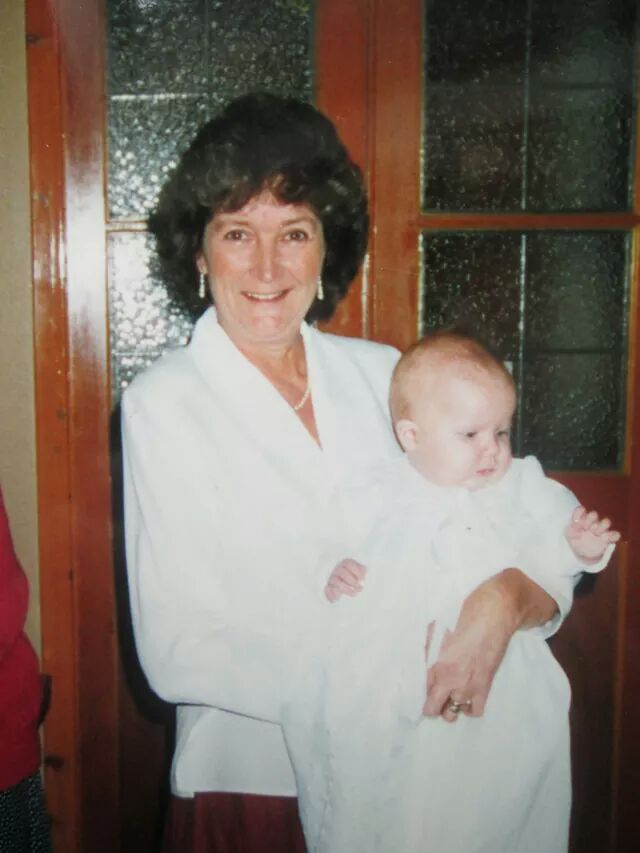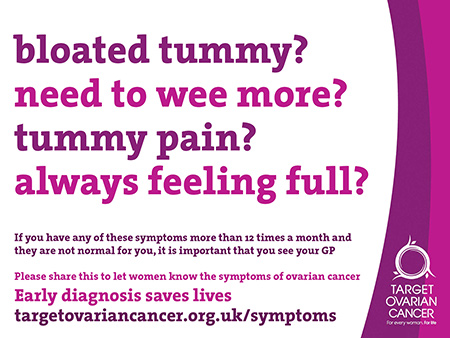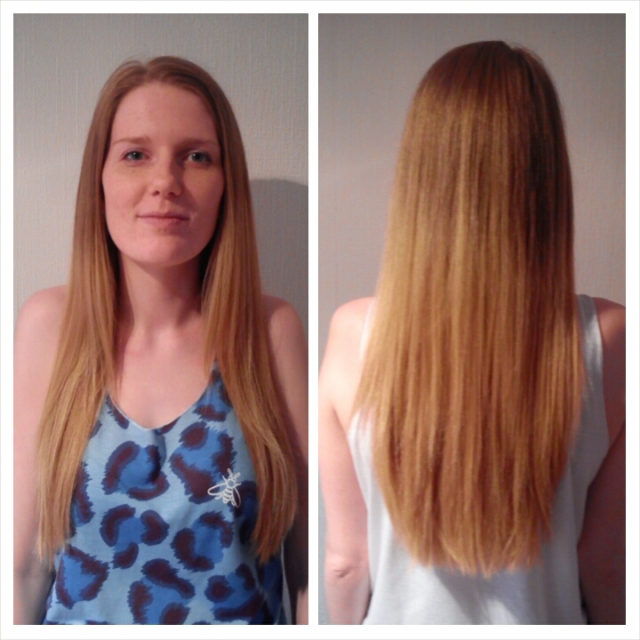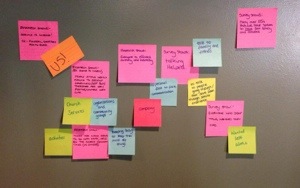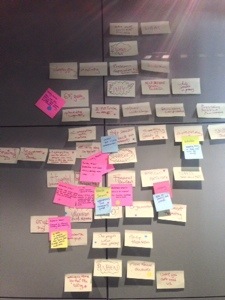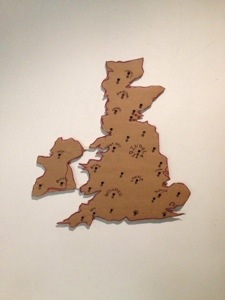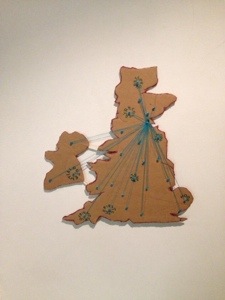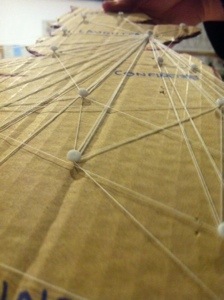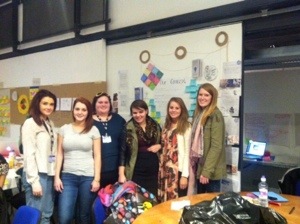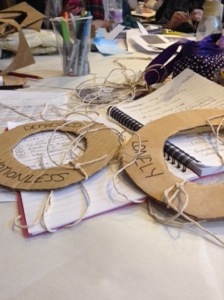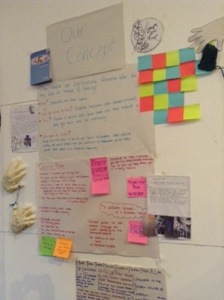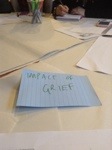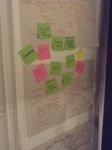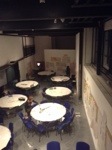If you’ve read my last blog post, you’ll know i’m shaving my head for charity.
After being part of both the Change by Design and 21st Century Designer modules, I was inspired, by what is possible through design.
The 21st Century Designer module was one of the hardest things I’ve ever done in my life. Our brief was to design a way to transform how people perceive breast cancer research and increase everyday behaviours that support its eradication. It challenged us to deal with a very sensitive subject, it was an extremely hard issue to approach because of the shear scale of people that it affects. Ive not personally been affected by breast cancer, but emotions were high throughout the week from not only myself but everyone else too.
I lost my granny when I was 9 from ovarian cancer and that week pushed me to all my limits as I was surrounded by a topic that was still quite raw to me. As I was young when she died, I never really understood what was wrong with her, I knew she had cancer but not what kind, and it was only during this week that I found out. I was too young and naive to really understand the shear impact of cancer. Now that I’m older, it’s much clearer that it’s a bigger thing than what I thought back then.
I have always been inspired by my granny. Knowing that she would be so proud of me, make things seem a lot easier. This was when I decided that I wanted to make a difference. I wanted to do it for her.
I chose to donate my hair to The Little Princess Trust, and I am also fundraising for them.
As a result of treatment for cancer, most children will suffer hair loss as a side effect. Some boys and girls cope remarkably well but for others this can be very upsetting. They provide real hair wigs, free of charge, to boys and girls across the UK and Ireland that have lost their own hair through cancer treatment. However, in addition they also assist children with other conditions which also result in hair loss, the most common being alopecia.
Watch “The Little Princess Trust – “What we do”.” on YouTube
I wanted to chose another charity too, that was close to my heart, to do it in memory of my granny. I chose Target Ovarian Cancer. Target Ovarian Cancer does all of these things:
– Supports women living with and beyond ovarian cancer through events, publications and information
– Campaigns for better treatment for women with ovarian cancer
– Improves earlier diagnosis through educating women and GPs
– Funds research to find new treatment
The more and more I do research, the more and more I want to make a difference.
Ovarian cancer is one of the five most common cancers in women. Over 7000 women are diagnosed with ovarian cancer each year in the UK. Around four times as many women die each year of ovarian cancer than cervical cancer. Ovarian cancer is the fourth most fatal cancer in UK women after breast, lung and bowel, but there is no national screening programme for ovarian cancer. There is currently no evidence to show that screening is effective, which means it’s extremely important for women and GPs to know the symptoms of ovarian cancer.
Other conditions such as irritable bowel syndrome (IBS) have symptoms similar to ovarian cancer but if your symptoms don’t clear up, go back to your GP or seek a second opinion, even if you’ve had tests.
I want to help raise awareness for Ovarian cancer.
Most cases of ovarian cancer are diagnosed in women who have gone through the menopause (over 50 years of age) but younger women are at risk too. Over 1200 women under the age of 50 are diagnosed each year in the UK, so everyone needs to be aware of the symptoms.
I was originally going to be just chopping my hair short although I had thought a little bit about shaving but never made the decision. Then after starting my fundraising I was spurred on by a lot of people to shave my head and thats how I changed my mind.
It is now just over a month until my shave on the 4th of July and I have already noticed a difference in peoples behaviours towards what I am doing. I am hoping that through conversation when people ask what i’m doing, they will understand why i’m so passionate about it. Hopefully people will realise why I think it is so important to know about ovarian cancer.
Any help would be greatly appreciated so if anyone would like to help me out, the link to my fundraising page is
– http://uk.virginmoneygiving.com/RachelGlen

